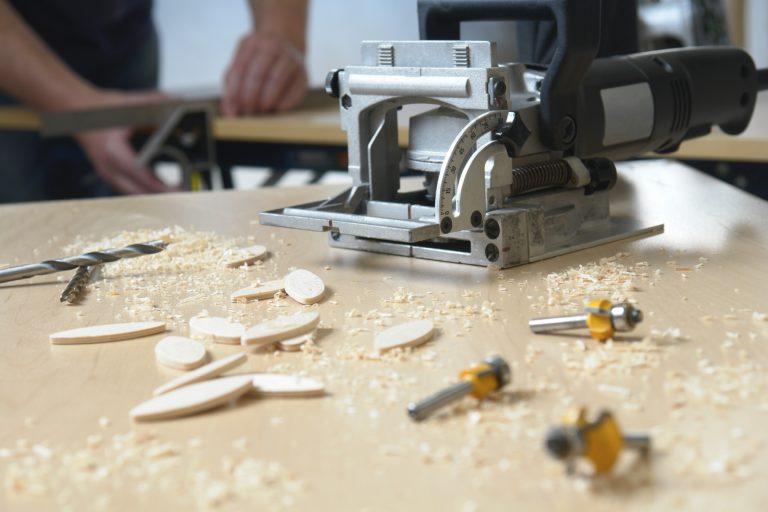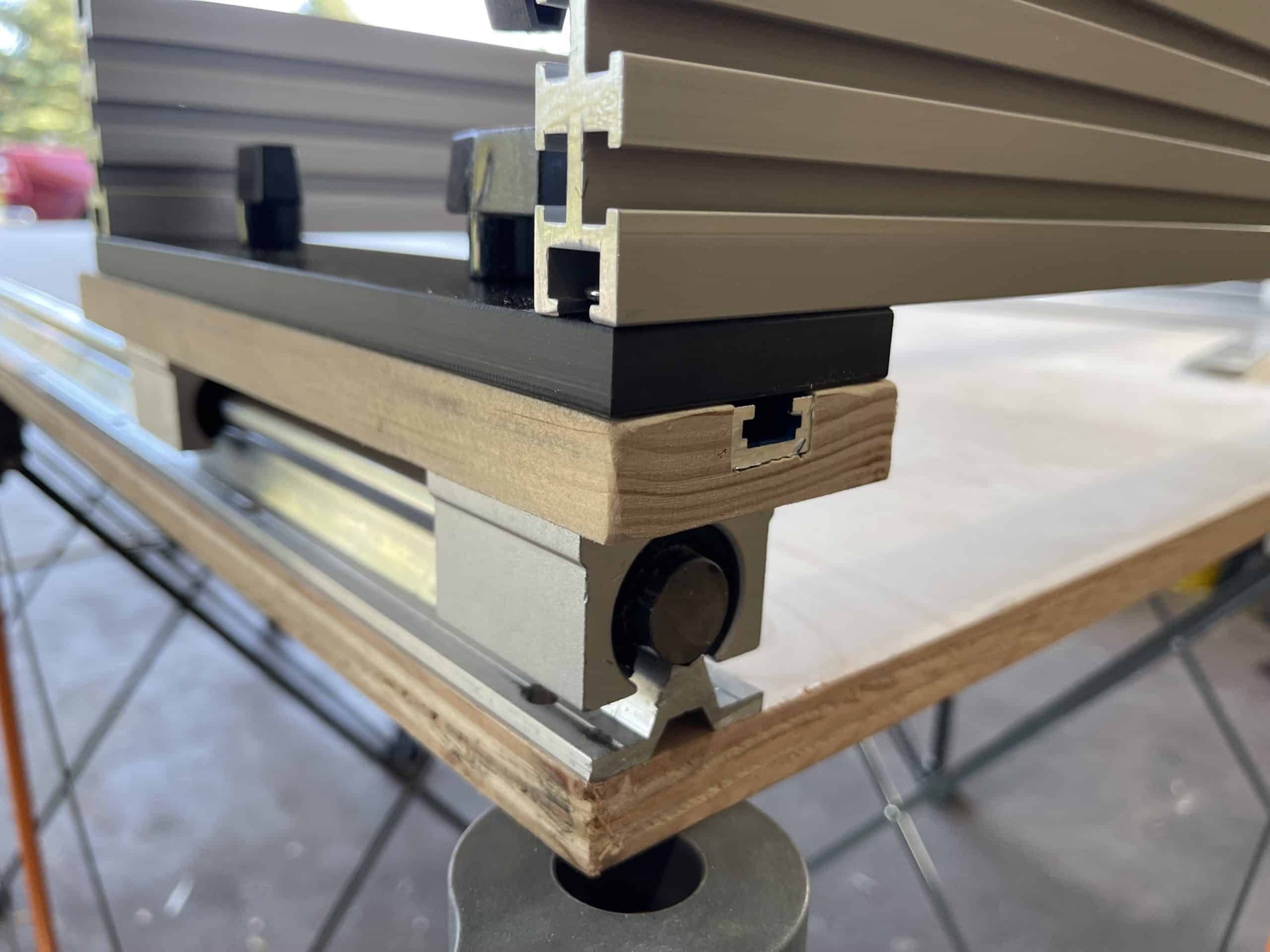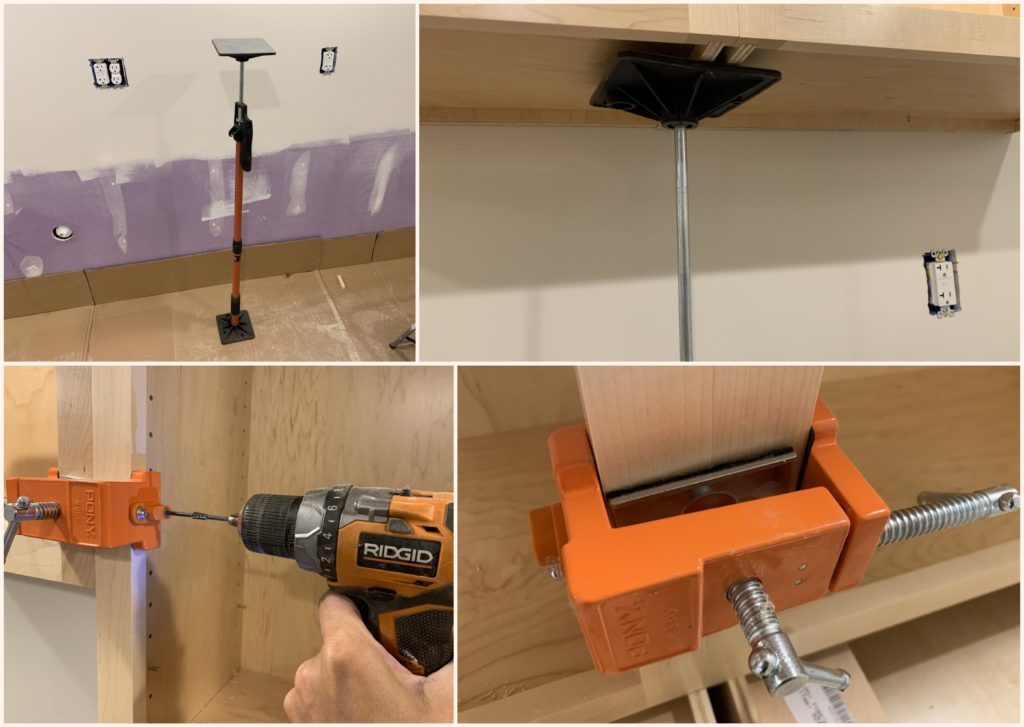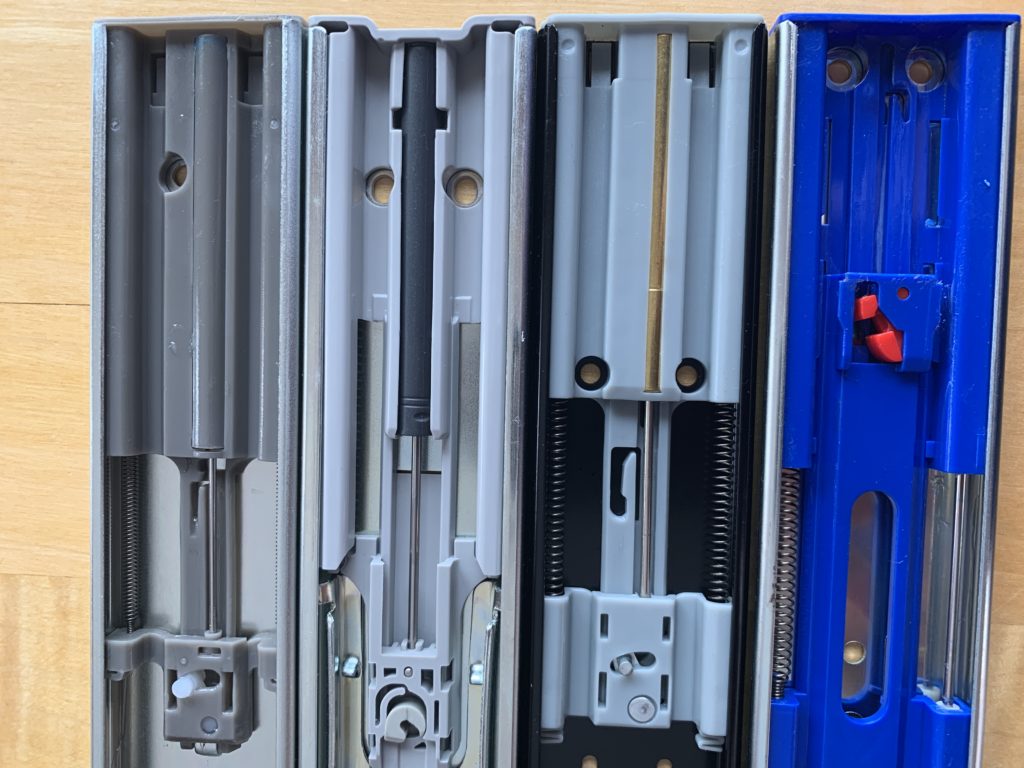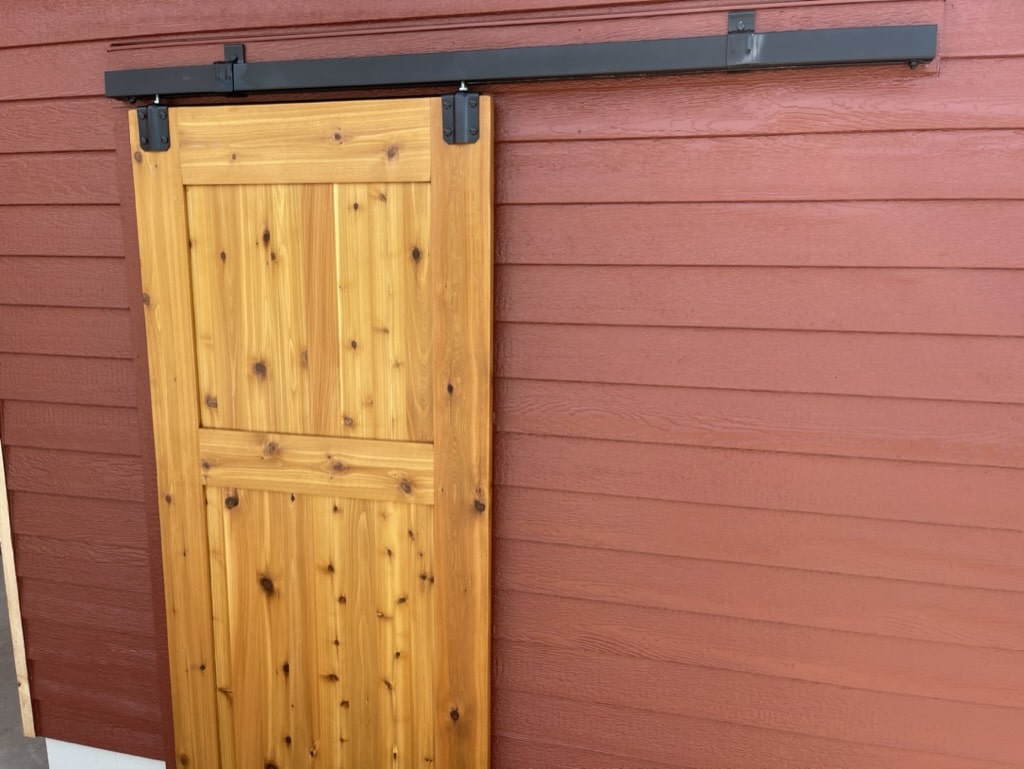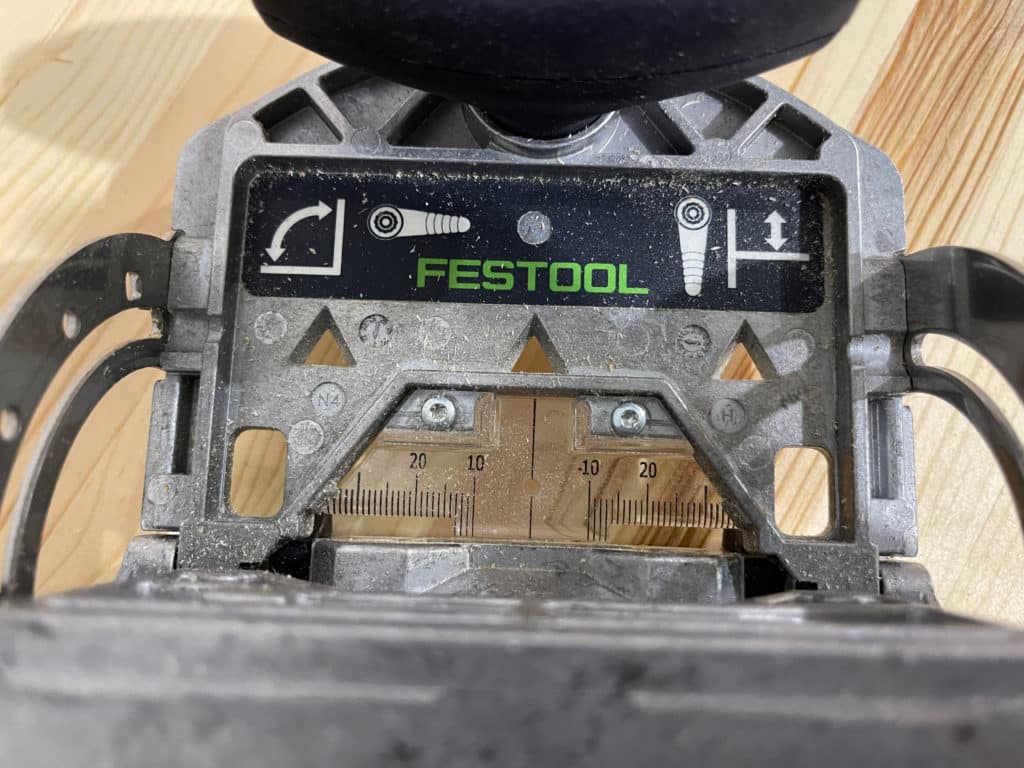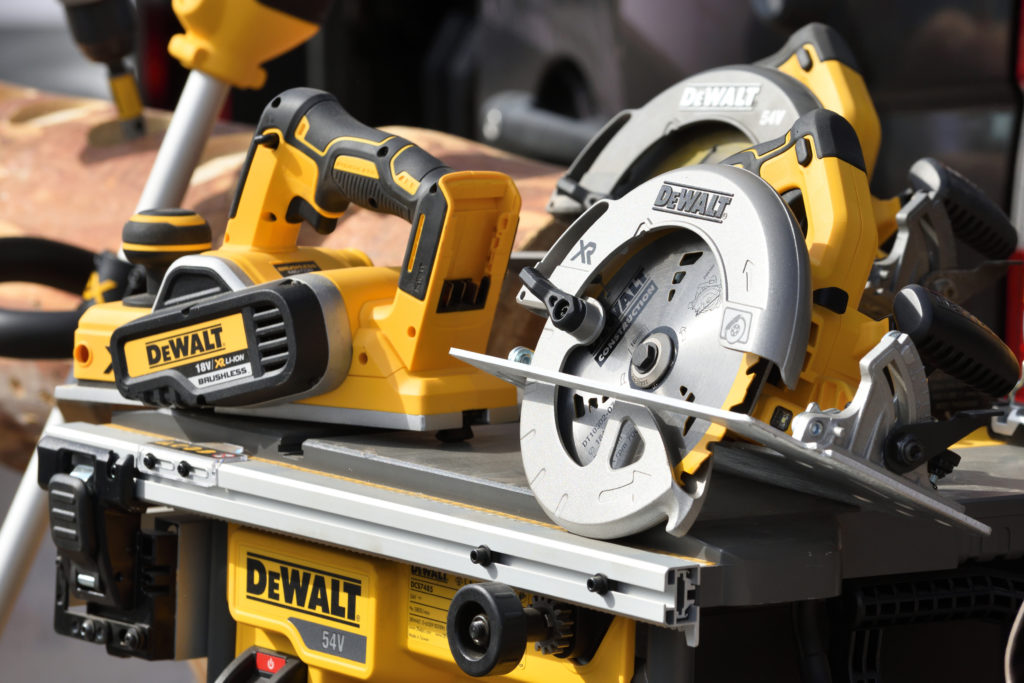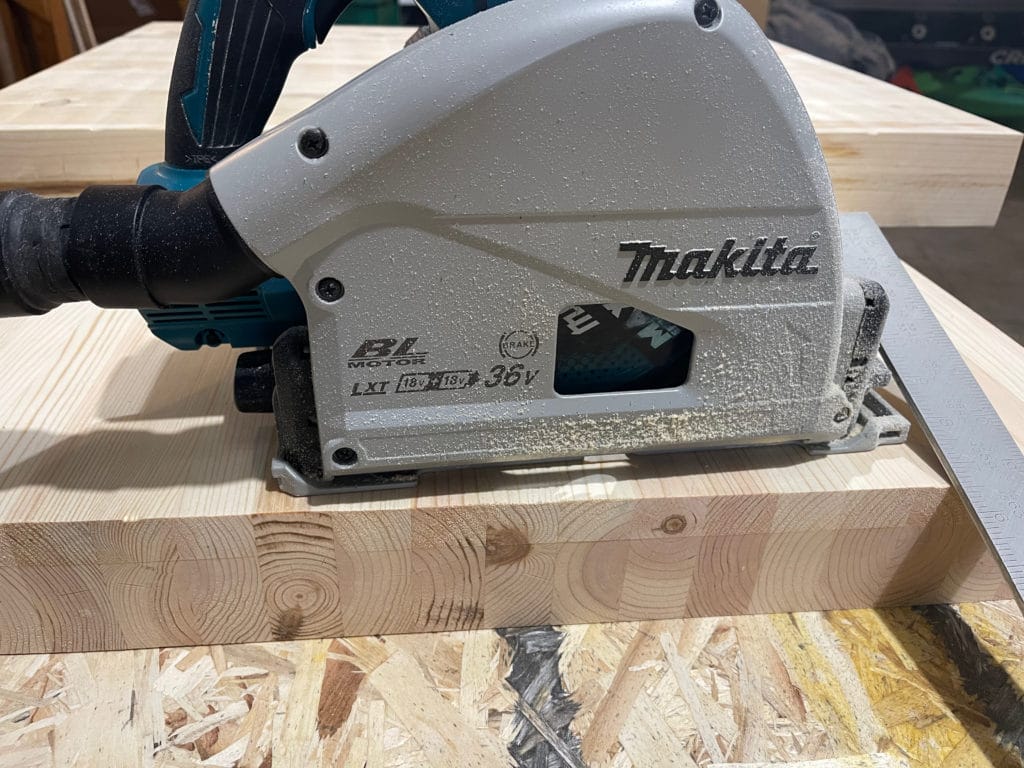Value Dowel Jig
Milescraft Dowel Jig Kit
DOWEL JIG: MILESCRAFT
IN THIS GUIDE:
› BEST DOWEL JIG: JESSEM 08350
› POWER DOWEL MACHINE: JESSEM 08350
› BEST BISCUIT JOINER: DEWALT DW682K
› BUDGET BISCUITS: WEN JN8504
› TOP ALTERNATIVE: FESTOOL DOMINO
Within woodworking joints, there is a common debate between biscuits, dowels, Domino, and various other woodworking joints.
While some joinery methods are preferred for strength, others are chosen because they are ecumenical and “do the job.”
And, on the economy side of wood joints, it’s common to compare the dowel and biscuit joints:
- Both are easy to make
- Machines are available for both around $200
- Dowels make for solid joints
- While biscuits are preferred for fast assembly and glue-ups
In this guide, learn the differences between each joint and how to use a biscuit or dowel properly.
Page Contents
Overview: Dowels Vs Biscuits
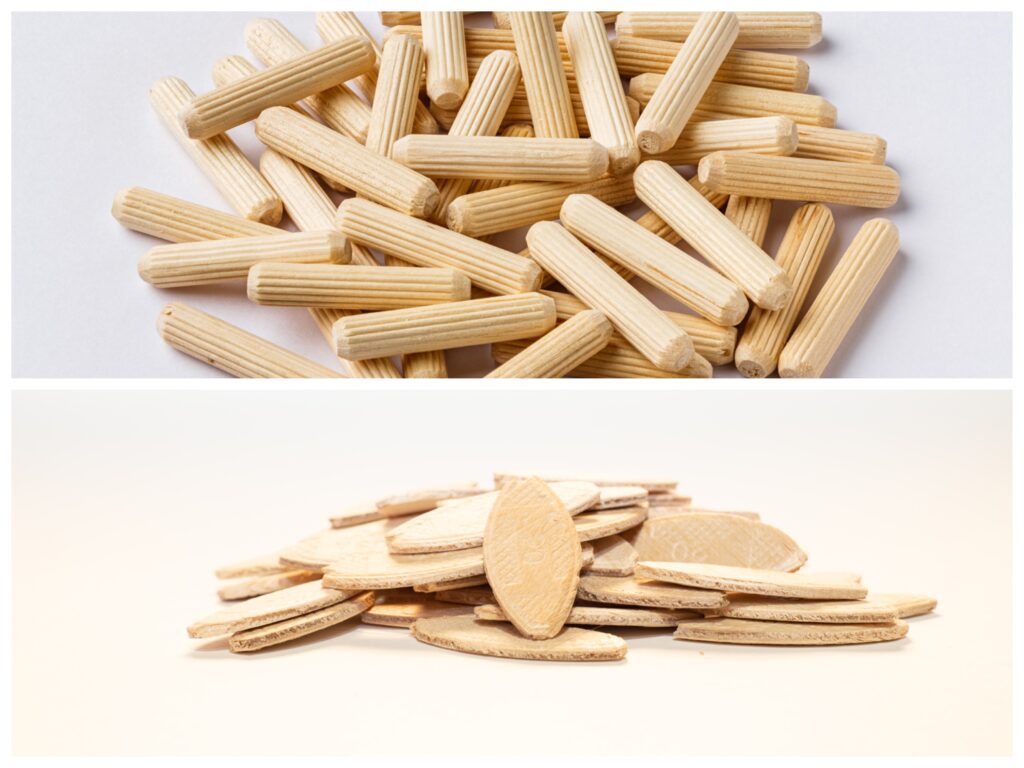
While both a dowel and biscuit are inserted into two pieces of wood, they have a distinctly different use:
- A dowel joint involves drilling holes into both pieces of wood and inserting cylindrical wooden dowels into the holes to create a strong, permanent bond. The dowels are then glued into place and trimmed flush with the surface of the wood. Dowel joints are known for their strength and durability, and they can be used to join a wide range of materials, including solid wood, plywood, and particleboard.
- A biscuit joint, on the other hand, involves cutting a slot into both pieces of wood and then inserting a thin, oval-shaped wooden biscuit into the slot. The biscuit is then glued into place, and the two pieces of wood are clamped together until the glue dries. Biscuit joints are typically used for joining large, flat panels, such as tabletops or cabinet doors. They are known for their strength, stability, and ability to keep large panels flat and aligned.
The main difference between a dowel joint and a biscuit joint is ultimately the shape of the connecting piece. Dowels are cylindrical and inserted into holes, while biscuits are oval-shaped and inserted into slots. Additionally, dowel joints are more versatile and can join a broader range of materials, while biscuit joints are typically used for larger, flat panels.
Want the best of both joints? Professionals use a Festool DOMINO that combines a biscuit’s speed with a dowel’s strength.
What is A Dowel Joint?

Wooden dowels are round wood or composite material used in many applications.
In woodworking, they are used to create dowel joints by:
- First, drill matching holes into two pieces of wood
- Second, insert the dowel into the holes.
- Then, the dowel is glued into place, creating a strong and permanent bond between the two pieces of wood.
Dowels can even be used to join two pieces of wood end-to-end, at a right angle, or even at an angle.
What Is a Biscuit Joint?
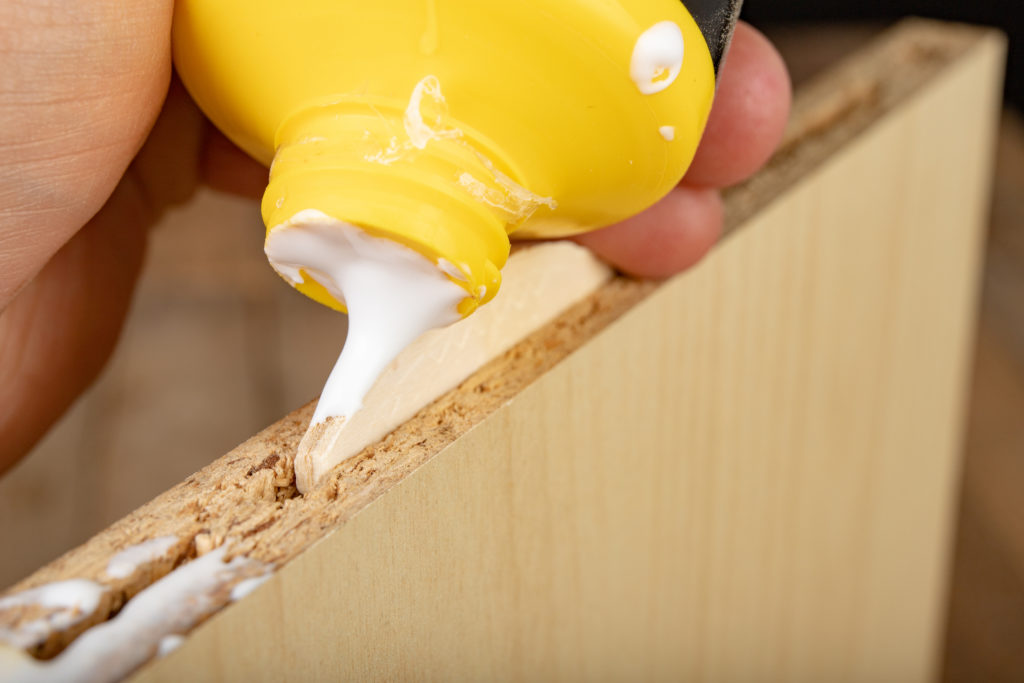
Biscuits are thin oval pieces of composite wood that join wood panels together.
This type of woodworking joint is commonly used in woodworking for joining tabletops, face frames, or cabinet doors by:
- First, a biscuit joiner (also known as a plate joiner) cuts a groove into the edge of each piece of wood
- Then the glue is applied to each groove, and the biscuit
- Lastly, a biscuit is inserted and clamped for 8-24 hours while the glue dries.
Versus other styles of wood joinery, biscuit joints also allow for some movement due to changes in temperature and humidity, which can prevent the wood from cracking or warping over time.
Key Differences Between A Dowel and Biscuit
While sometimes interchangeable, a dowel vs. biscuit joint vary significantly in their design and use:
- Strength of joint. Dowels are more robust as they form a deeper connection between wood pieces
- Speed of use. Biscuits, meanwhile, are fast and easier to use for large panels
- Machines to cut joints. Both dowels and biscuits have hand-held machines built to drill or cut.
- Cost. The cost of dowels and biscuits are about the same, with dowels slightly more expensive. Biscuits, however, require a power tool to cut ($75-200), while a dowel can be drilled with just a drill bit, a doweling jig, or a dowel machine.
- Shape. Biscuits are oval and rarely penetrate a piece of wood more than 1/2-inch, while round dowels are commonly inserted one to two inches for strength.
- Alignment. Dowels require a precise jig to ensure alignment, making them harder to use. Biscuits are easier to align, and wood can be easily moved during assembly.
- Versatility. Dowels only require 1/2-inch of surface area, while biscuits generally require at least 1-1/2 inches.
Ultimately, both joints are viable in a woodworking shop, and most professional woodworkers own tools or jigs to use each joint.
Dowels vs Biscuits: When to Use a Dowel
Shown: JessEm 8350 Dowel Jig
There are a few reasons to use a dowel over a biscuit:
- Surface area. For projects where only a small space is available to use a joinery method, a dowel is the clear winner due to the small hole it requires.
- Strength. While biscuits are suitable in strength, the depth a dowel goes into wood makes it the far superior joint.
- Cost. For one-time or small projects, a dowel joint is considerably less expensive than purchasing a plate joiner to cut crescent-shaped biscuit grooves.
- Angles. It is possible to drill angled dowels to join corners or other shapes using a doweling jig.
Dowels vs Biscuits: When to Use a Biscuit
While dowels are superior in strength, a biscuit is more than sturdy enough for many projects and is best used for:
- Edge joinery. When connecting large sheets of wood, a biscuit joint is sufficient. Because edge joints lack overall structural rigidity, woodworkers prefer to place biscuits every 6 to 9 inches for alignment.
- Face frames. During cabinet construction, building large, complex face frames that require dozens or hundreds of joints is common. Which is where a biscuit machine can zip through cuts and allow for fast assembly
- Precision. Because a biscuit joint has some flexibility in the joint, it is easier to both cut and align the finished wood piece
Most woodworkers will opt for the Festool Domino as an alternative if they want a combination of a biscuit and dowel.
Best Ways to Cut Biscuits Joints
Since biscuits are cut using a small carbide blade, they are best cut only with a specialty dowel or “plate” joiner. These machines range from $75-250 and are designed to quickly cut hundreds of biscuits with sturdy designs and angled face plates.
Best Ways to Cut Dowel Joints
Adding to the argument for lower cost, a dowel can be cut with three different tools:
- Drill bit. A simple brad point drill bit and drill press or drill is needed for basic projects.
- Dowel jig. Ranging from $25 to 300, many styles of dowel jigs can cut straight or even angled joints.
- Dowel machine. Stepping up to a power tool, there are hand-held machines for cutting dowels, one or even two at a time.
Frequently Asked Questions

Is a dowel joint stronger than a biscuit?
Dowels form a stronger joint than a biscuit because of the dowel’s deeper penetration into the wood. Biscuits, on the other hand, are best for aligning wood and helping form a rigid joint. However, biscuits do not hold up over time to twisting and torsion that dowels better form at.
What are the advantages of a dowel?
Dowels are one of the oldest forms of joints as they are simple to create with a wide variety of jigs, are inexpensive, and form a high-quality joint that cannot be readily broken.
Is a dowel better than a Domino joint?
While a dowel is vital, many woodworkers prefer the Domino because it features a more precise drilling machine. The Festool Domino can quickly cut straight or angled joints by skipping the need for a dowel jig.
Summary
Unsurprisingly, most woodworkers will opt for both when deciding between dowels vs. biscuits. While a dowel jig is inexpensive and a great starting option, a biscuit machine is invaluable for speed and ease of alignment.
Related articles:
- About the Author
- Latest Posts
Eric has been a professional woodworker for over thirty years and has worked in small cabinet shops making everything from kitchen cabinets to hand-made furniture. Now working from a home woodworking shop Eric is sharing his passion for woodworking, tool advice and how-to knowledge from his Minnesota-based woodshop.
